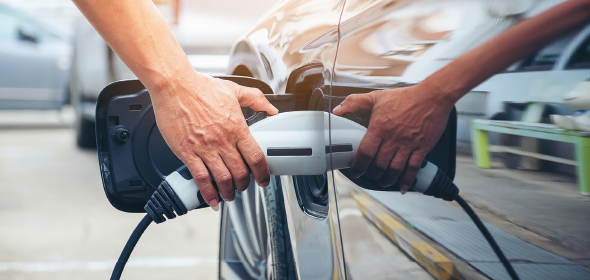The turmoil of 2021 is now behind us and depending upon what state you are from, business concerns due to COVID shutdowns just varied in depth… at some stage everybody has been affected. In saying this, it now opens the door for 2022 being a further year of unrest and uncertainty.
The first thing that comes of mind is parts supply and the increased cost through transport and customs. It doesn’t stop here, as only this week we have learnt there is a world shortage in Urea production. If you were a farmer, this could concern you as the product is used as a fertilizer. Additionally, it may concern you if you owned a laundromat but far more painfully, it is the core ingredient in AdBlue® (diesel exhaust fluid) which is used worldwide in our diesel to reduce particulate matter and emission control. A shortage in this product will lead to a shortage in road transport, thus, further delays in obtaining parts. Undoubtedly a shortage in this product will also affect its costs (cents per litre) and this added cost will be passed on in your freight costs.
From a technical point of view the purity of this fluid is essential to the correct function of the AdBlue® with emission controls. With the potential of a huge shortage, we will undoubtedly have people trying to create their own with contamination being at the forefront of their creation (but I suppose that’s a good thing, more work for the industry).

By the time summer is over the Australian Standards should have out for public comment, their paper on Hybrid and Electric Vehicles. The one thing that I have learnt from this is that we are a long way from generic training and as one OEM said: “Just because you have done my training course today, it does not empower or skill you to raise a bonnet on anything else than what I have shown you today”. These comments are truthful. TAFE in New South Wales and Victoria have been working with OEMs so that they can train the younger person on the exact EV or Hybrid. We really are at grass roots level and the generic blanket cannot be thrown from vehicle to vehicle. Each manufacturer is striving for better battery life, not to mention quicker ways of charging and/or integration with more advanced ADAS. With regards to ADAS, we have many new items to come such as speed reading headlights which could roll into production at any time.
The biggest concern with EV and Hybrid is safety and we encourage all practitioners that wish to work on an EV to do so with the utmost respect to their PPE and following OEM specification. There is no use in having the best gloves if you fail to wear eye protection and an arc is drawn straight through your eye.
Following with the EV and Hybrid topic, we have been made aware that people have been modifying charging plugs so that can get higher amperage into the battery pack for that faster charge. One of the main things you can create by doing this is an overheat of the battery and the potentiality of fire. It is when this occurs, you pray for what you do next. From what we have learnt, a thermal event with a lithium battery is almost impossible to put out. There was a recently a very good article by John Mellor with regards to a whole new set of “unique fire risks”, John stated that data from London indicated that EVs are catching fire at twice the rate of petrol or diesel vehicles which in themselves are far easier and faster to extinguish. It’s also ludicrous to note that on registration of these vehicles and exhaust test was required. Firstly, finding the exhaust pipe would be a challenge but secondly, you don’t have to be Einstein to guess what some of the numbers would be for hydrocarbons etc.

Some of the common workplace safety hazards have been illustrated in this year’s Pro Visual wall chart and one of which has been unsafe shelving. Various state WorkCovers are inspecting workshops for unsafe homebuilt shelving as hazards that come from this are deadly. This stems from people placing heavy products above head height where manual handling strain injuries occur, down to the type of material the shelf is made of being unsuitable for the goods it is carrying i.e. thin ply supporting perhaps used or recycled batteries. In this case, acid often leaks and a soft wood quickly deteriorates and the battery falls through. It now comes down to stacking of the shelves where people will invariably store 60 litre drum of flammable material low down and those batteries which have caused a problem, on the shelf above. We have a fire disaster waiting to happen. We have problems with shelving not being adhered to walls and floor correctly and in most places, we don’t list weight load of the shelving. It’s no won er makeshift shelving has come under the attention of government authorities.
There is always a lot more to discuss and a lot is happening with automotive at the moment, however I would like to take this opportunity to wish every a safe holiday period and of course the happiest of new year celebrations. Your IAME will reopen on Tuesday 4th January 2022 for any of our tools, products or equipment that you may have missed prior to Christmas.
For further information visit www.iame.com.au or www.facebook.com/iame.online


